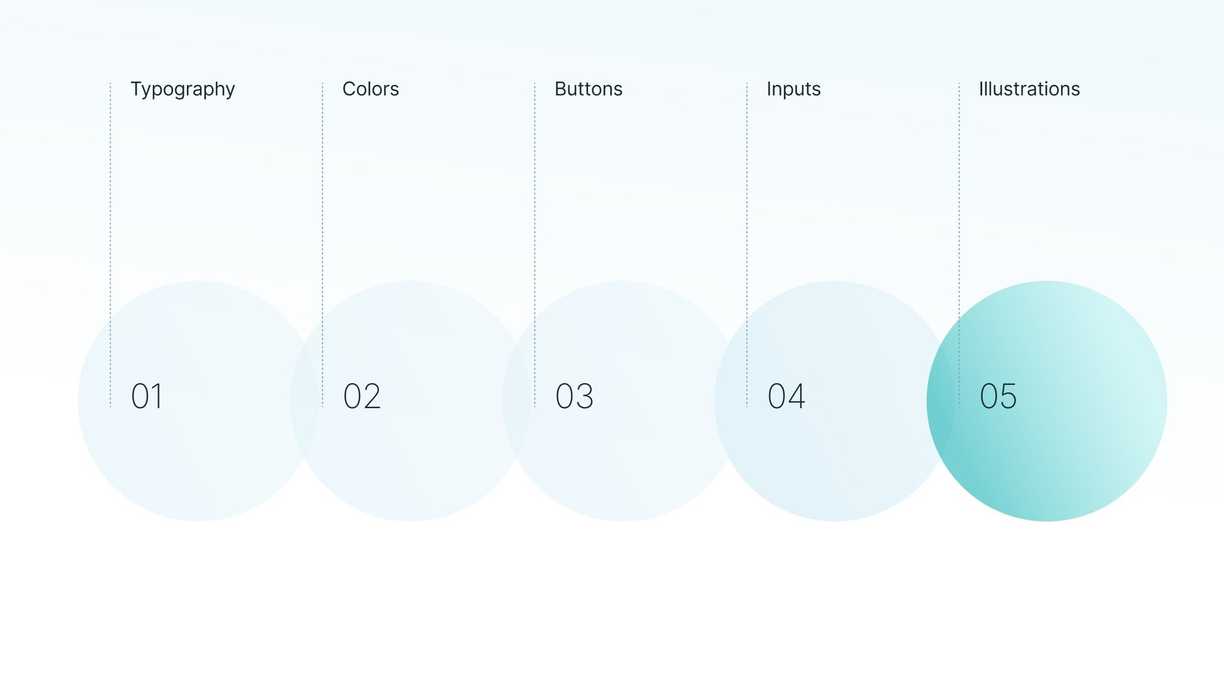Understanding the Branding Process: Building Your Brand from Scratch

Creating a strong and memorable brand is essential for any business aiming to stand out in a competitive market. Branding is more than just a logo or a catchy tagline; it’s about creating a cohesive and compelling identity that resonates with your audience. Whether you’re a startup or an established company looking to rebrand, understanding the branding process is crucial. In this article, we’ll walk you through the key steps involved in building a successful brand.
Market Research and Analysis
Before diving into the creative aspects of branding, it’s essential to conduct thorough market research. This involves understanding your industry, analyzing your competitors, and identifying your target audience. Here’s what you need to focus on:
- Industry Insights: What are the current trends and challenges in your industry? Understanding these can help position your brand effectively.
- Competitor Analysis: Who are your main competitors, and what strategies are they using? Analyzing their strengths and weaknesses can reveal opportunities for differentiation.
- Audience Profiling: Who are your customers? Creating detailed buyer personas helps in tailoring your brand to meet their needs and preferences.
Defining Your Brand Strategy
A solid brand strategy serves as a foundation for all your branding efforts. It defines what your brand stands for and how you want to be perceived by your audience. Key elements of a brand strategy include:
- Mission Statement: What is your company’s purpose? Your mission statement should succinctly communicate why your business exists.
- Core Values: What principles guide your business decisions and behaviors? Your values should reflect what is important to you and your audience.
- Unique Selling Proposition (USP): What makes your brand different from the competition? Your USP should highlight your brand’s unique benefits and strengths.
Brand Identity Development
Your brand identity encompasses the visual and verbal elements that represent your brand. This is where creativity comes into play, as you develop the following components:
- Logo Design: Your logo is the face of your brand. It should be simple, memorable, and reflective of your brand’s personality.
- Color Palette: Colors evoke emotions and can influence perceptions. Choose a color scheme that aligns with your brand’s values and message.
- Typography: The fonts you choose should be consistent with your brand’s tone and style.
- Visual Elements: This includes icons, images, and graphics that complement your logo and enhance your brand’s visual appeal.
- Voice and Tone: Your brand’s voice is how you communicate with your audience, while the tone can vary depending on the context. It should align with your brand’s personality and values.
Creating Brand Guidelines
Brand guidelines serve as a rulebook for maintaining brand consistency across all channels and touchpoints. These guidelines typically include:
- Logo Usage: Instructions on how to use the logo correctly, including size, placement, and variations.
- Color Usage: Specifications for using the brand’s color palette in different contexts.
- Typography: Rules for using fonts in various applications.
- Imagery: Guidelines for selecting and using images that align with the brand’s identity.
- Tone of Voice: Direction on how to communicate in a way that reflects the brand’s personality.
Brand Implementation
Once your brand identity and guidelines are established, it’s time to implement them across all touchpoints. This includes:
- Website and Digital Presence: Your website, social media profiles, and digital ads should all reflect your brand identity.
- Marketing Materials: Ensure consistency in brochures, business cards, and promotional items.
- Internal Communication: Make sure your team understands and embodies the brand’s values and message.
Brand Monitoring and Evolution
Branding is an ongoing process. It’s important to regularly monitor how your brand is perceived and make adjustments as needed. This involves:
- Feedback Collection: Gather insights from customers and employees to understand their perceptions of your brand.
- Performance Metrics: Track key performance indicators (KPIs) such as brand awareness, customer loyalty, and market share.
- Rebranding Considerations: Be open to refreshing or evolving your brand as your business grows and market conditions change.
Building a strong brand is a strategic and creative process that involves understanding your market, defining your brand’s core elements, and consistently implementing them. By following these steps, you can create a brand that not only stands out but also resonates with your audience, driving loyalty and growth. Remember, branding is a journey, not a destination—continuous evaluation and adaptation are key to maintaining a successful brand over time.
If you’re looking to develop or refine your brand, our team at ViewOne is here to help. Contact us today to start your branding journey!
